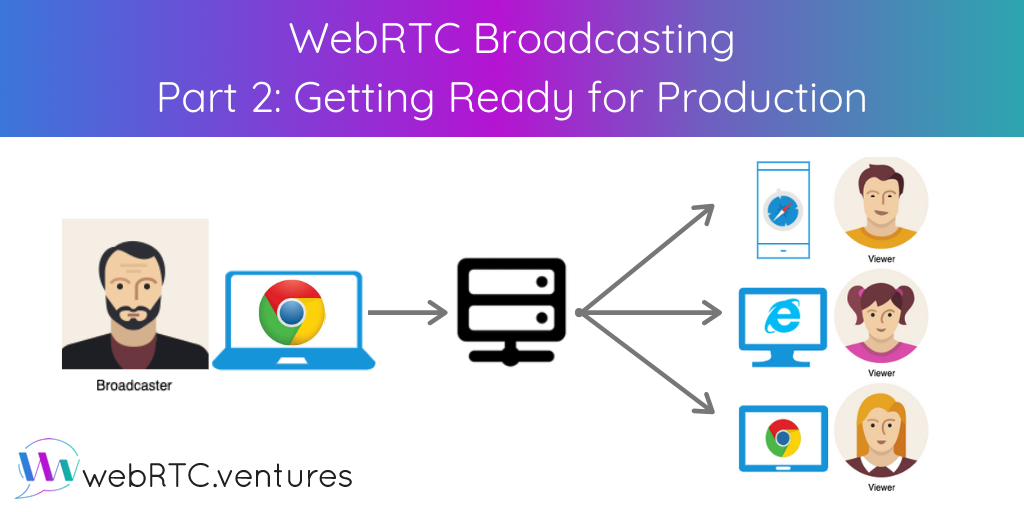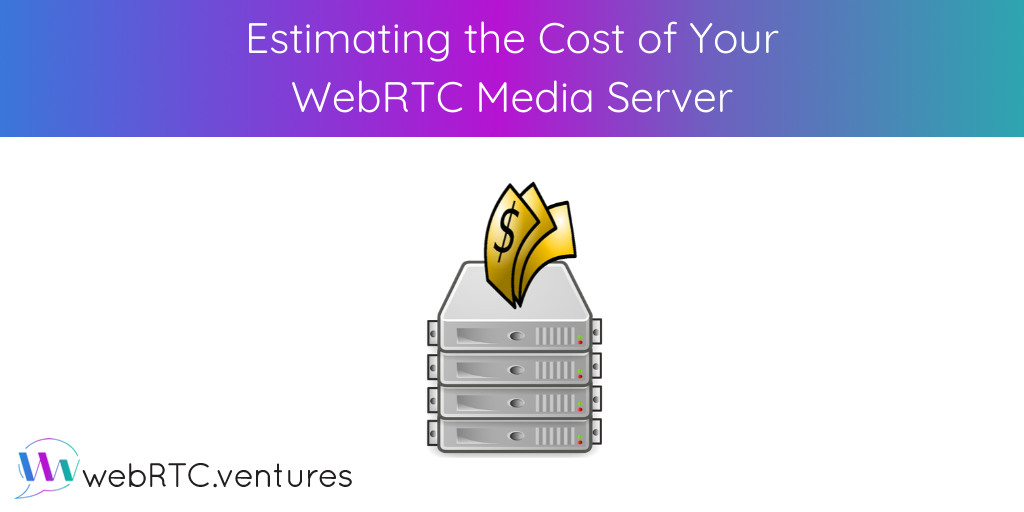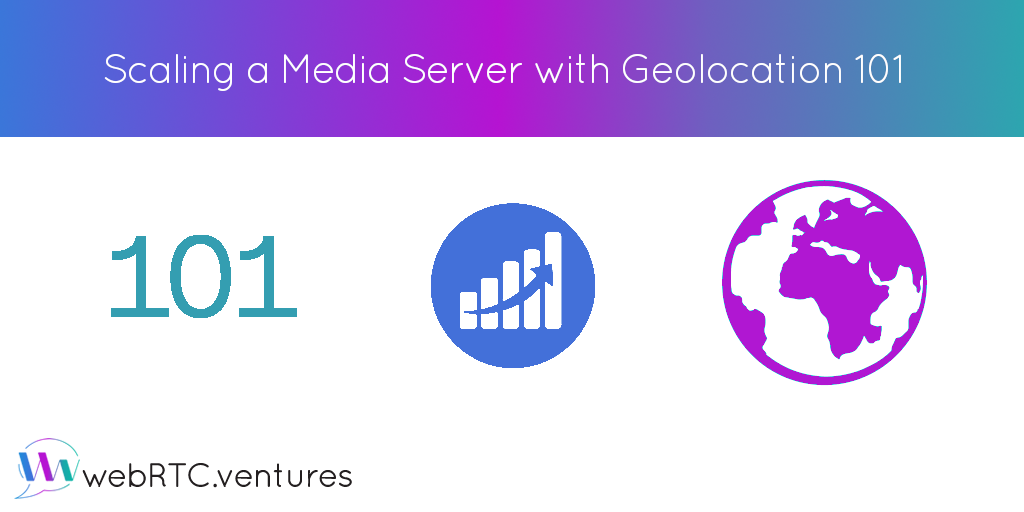
A media server makes WebRTC broadcasting easier by eliminating the need for the presenter to maintain multiple peer connections. Let’s take a look!

If you’re planning to build a WebRTC application, you have probably come to the conclusion that you need a media server for your use case. We’ve discussed open source media servers and CPaaS platforms in the past, and that’s probably the first step. However, if you decide

WebRTC allows two users to communicate in a peer-to-peer fashion with no servers involved. This is an optimal approach in terms of cost and quality. Communication flows directly without any additional jumps between peers. With no infrastructure involved, there’s less cost and less complexity. When we want

Here at webRTC.ventures, we like the quote “In the social age, knowledge is only powerful by sharing what you know” by Charlie-Helen Robinson. So when Tsahi Levent-Levi of TestRTC asked us to work with him on testing how many sessions a Kurento server can hold, we were not






